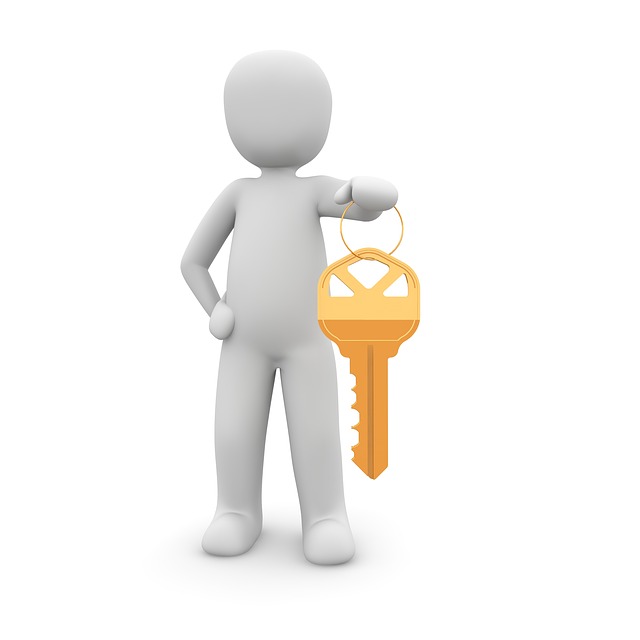
11 May How to Blast Through a Fitness Plateau
If you think you’ve stopped making progress with your exercise routine, it’s not in your head. Here’s the simple science behind fitness plateaus and how to break them.
Jess has started her new fitness program. It’s been an exciting 6 weeks as she’s watched her strength steadily increase and her body begin to shape up just as she had planned. She is motivated, energetic, and passionate about her new fit lifestyle. Could life be any better?
She hits a wall. Well, in technical terms, a plateau. It’s week 7 and for the first time in her new fitness venture, she hasn’t improved in strength, endurance, weight, body fat percentage…she’s pretty much exactly where she was the week before. Slightly annoyed, she shrugs it off and attributes her lack of progress to poor sleep or energy levels. Oh well, she’ll do better next week right?
Week 7 … another 7 days without improvement.
Week 8 … “I must not be taking enough supplements.”
Week 9 … now she’s really starting to get frustrated.
This is when Jess falls off the wagon. She hasn’t seen improvement in weeks and other priorities in Jess’s life are beginning to distract her from her program.
Initially, she was pumped and excited before every workout session. Now, the thought of repeating that same workout routine has become much less attractive. She keeps thinking to herself, “I just don’t understand. I haven’t changed anything about my workout routine. Why have I stopped making progress?”
Well, ladies and gentlemen, let’s use some basic exercise science to answer our fictitious (but very real) friend, Jess. Have you ever thought about why working out yields the results that it does? Have you thought about why your body responds to exercise with physical changes? Why does performing a heavy bicep curl make your arms grow back stronger?
How Your Body Makes Progress

Your body isn’t a fan of stress. When you start a new exercise routine, you are introducing your body to a new stressor. Your body responds through a process called adaptation.
When a bodybuilder maxes out on his bench press, his body says “That was intense, my muscle fibers are damaged. I better pack on some more pec, delt, and tricep muscle so that I’m prepared for that heavy load next time.”
When a marathon runner trains with a long cardio session, his body says “I’m tired and out of breath! I better improve my cardiovascular efficiency to distribute my blood and oxygen quicker next time.”
Bottom line, when the human body experiences a new stressor, it makes physiological changes to be better prepared for that stressor in the future.
So when Jess starts her new fitness program, she will see immediate results. She is transitioning from a sedentary lifestyle to an active one, and her body is fighting to keep up. After 6 weeks, however, Jess’s body has transformed enough to handle that one workout routine that she keeps repeating. So by continuing with the same workout routine indefinitely, not only does Jess get bored quickly; she is setting herself up for a plateau.
The workout routine that she introduced on day one is old news by week 7, and her body is fully prepared for it. As she now, losing interest, stops working out all together, she will get to watch her hard earned strength and body composition improvements diminish. Her body no longer finds the physiological changes necessary as it is no longer being put under the same stress.
The Solution

So how does one avoid the curse of the plateau?
Periodization is the solution.
Periodization: the division of a training program into smaller, progressive stages.
-National Academy of Sports Medicine
Progressive, is the key word. Considering what we just learned about the process of adaptation, we want to constantly be introducing our body to new stressors in order to experience continual physiological development. By varying and systematically progressing your training, you will continue to make progress as your body works to keep up with your demands.
So how does this apply to your workout program?
Practically, this means two things:
- Don’t stick with the exact same workout routine forever.
- Progress to a new training phase every 4-6 weeks (in most cases).
For example, someone whose main main goal is muscle growth might have a 5 month periodized program looking something like this:
- General Physical Preparedness (6 weeks)
- Learn proper movement patterns
- Correct muscle imbalances
- Improve mobility, posture, & stability
- Get you feeling absolutely stellar before Phase 2
- Strength Endurance / Metabolic Training (5 weeks)
- Improve both muscular & cardiovascular endurance
- Increase lactate threshold
- Max Strength (4 weeks)
- Increase the maximum amount of force that your body can produce
- Hypertrophy (5 weeks)
- Grow those muscles with specific growth promoting training
Do you see how different that is from the average gym-goer’s approach of doing the same exercises with the same weight, tempo, and rest periods every single day?
The beauty of a periodized program is that as soon as your body starts catching up with your routine (usually about 4-6 weeks), you transition into the next phase and progress never stalls.
Which specific phases should be incorporated into your periodized program? There are many determining factors for designing your specific training plan. Sadly, that will have to be for another post at another time.
We’ve made great progress today though. If you’re in a plateau, you’ve learned how to get out of it. If you’re not, you’ve learned how to avoid it. Today we have established the value of periodization. Today we have learned why Jess is a fool.


